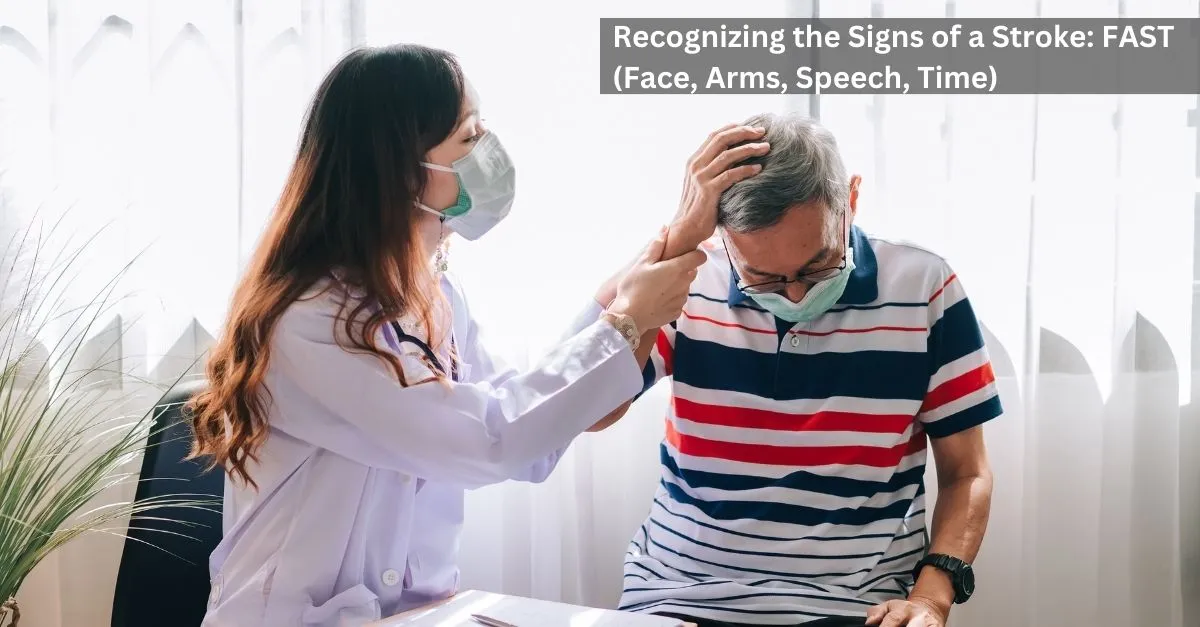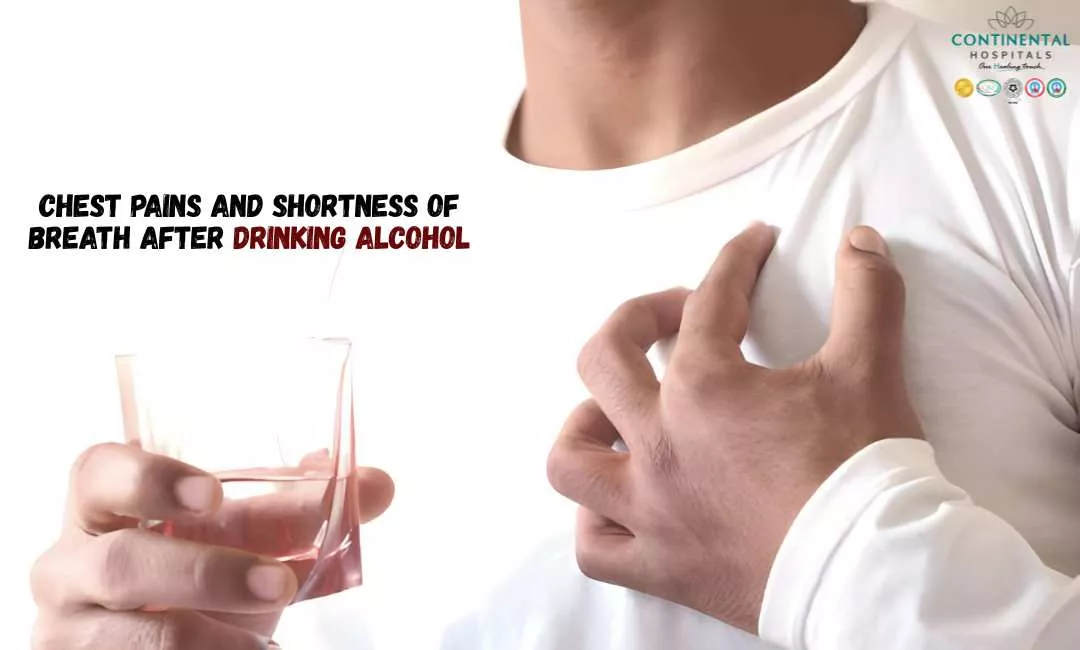Strokes are a medical emergency that can have devastating consequences if not recognized and treated promptly. In the United States, someone experiences a stroke every 40 seconds, and someone dies from a stroke every four minutes. Recognizing the signs of a stroke is crucial because early intervention can significantly improve the chances of a positive outcome. The FAST method is a simple yet effective way to identify the signs of a stroke and act quickly. In this comprehensive guide, we will explore the FAST acronym, which stands for Face, Arms, Speech, and Time, to help you understand the signs of a stroke and what to do if you or someone you know experiences them.
.jpg)
I. Face (F)
The first component of the FAST method is "F," which stands for Face. One of the most common signs of a stroke is facial drooping. When someone is experiencing a stroke, their facial muscles may weaken, causing one side of their face to droop or appear uneven. Here are some key points to consider when evaluating facial symptoms:
Facial Drooping: Ask the person to smile. If one side of their face droops or appears lopsided, it may be a sign of a stroke. The smile will not be symmetrical, and one corner of the mouth may not lift as much as the other.
Eye and Mouth Symptoms: Pay attention to the person's eye and mouth on both sides. You may notice that one eye cannot fully close, or one side of the mouth may sag. These asymmetrical facial features are indicative of a stroke.
Unresponsive Features: In some cases, the person's face may feel numb or paralyzed, and they might not be able to control their facial muscles effectively.
It is important to note that facial drooping can be subtle, so it's crucial to compare both sides of the face for any asymmetry. If you notice any of these facial symptoms, it's time to move on to the next step in the FAST method.
II. Arms (A)
The "A" in FAST stands for Arms. When someone is having a stroke, they may experience weakness or numbness in one or both arms. The arm symptoms can be especially telling and provide important clues about the presence of a stroke:
Arm Weakness: Ask the person to raise both arms simultaneously. If they are unable to lift one arm or one arm drifts downward while the other remains elevated, this is a strong indicator of a stroke.
Numbness or Tingling: The person may also report a sudden sensation of numbness or tingling in one or both arms. This numbness often appears abruptly and may extend from the fingertips to the shoulder.
Lack of Coordination: Impaired motor coordination, including difficulty holding or manipulating objects with one hand, can be another sign. The person may struggle to perform simple tasks such as buttoning a shirt or picking up a small item.
It's important to assess both arms for any discrepancies in strength, coordination, or sensation. If you observe any of these arm-related symptoms, move on to the next step in the FAST method.
Book an appointment with a Neurologist.
III. Speech (S)
The "S" in FAST stands for Speech. Problems with speech and language can be significant indicators of a stroke. Impaired speech may manifest in various ways:
Slurred Speech: If the person's speech is slurred, unclear, or difficult to understand, it could be a sign of a stroke. Slurred speech can make it challenging for the person to articulate their words effectively.
Incoherent Language: They may have difficulty forming coherent sentences or be unable to express themselves clearly. Their words may be jumbled, and they might not make sense.
Difficulty Speaking: The person may have trouble speaking altogether. They may struggle to produce sounds or find it impossible to communicate their thoughts.
To assess speech, ask the person to repeat a simple sentence, such as "The sky is blue." If their speech is slurred, incoherent, or if they have difficulty speaking, it's a strong indication that they may be experiencing a stroke.
IV. Time (T)
The final component of the FAST method is "T," which stands for Time. Time is of the essence when dealing with a stroke. The moment you recognize any of the signs discussed in the FAST acronym, it is crucial to act promptly:
Call on 040 67000 111: As soon as you suspect that someone may be experiencing a stroke, call 040 67000 111. Time is critical in stroke cases, and getting medical help quickly can make a significant difference in the person's outcome.
Note the Time: While waiting for medical assistance, make a note of the time when you first noticed the stroke symptoms. This information is vital for healthcare professionals as it helps them determine the appropriate treatment.
Do Not Delay: Do not wait to see if the symptoms improve on their own. Immediate medical attention is essential to assess the severity of the stroke and administer potentially life-saving treatments.
It's important to remember that not all strokes present with all three of the FAST signs. In some cases, a person may only exhibit one or two of these symptoms. However, if any of these signs are present, it is still essential to seek immediate medical help. Time is a critical factor in reducing the long-term effects of a stroke.
Recognizing the signs of a stroke using the FAST method can be a lifesaver. Stroke is a leading cause of death and disability worldwide, and every second counts when it comes to minimizing its impact. Understanding the importance of the FAST acronym—Face, Arms, Speech, and Time—can empower you to take swift action if you or someone you know experiences stroke symptoms.
By recognizing facial drooping, arm weakness or numbness, slurred speech or language difficulties, and acting quickly by calling 911 and noting the time, you can significantly improve the chances of a positive outcome for the person experiencing the stroke. It is crucial to share this information with your friends and family, as awareness and education are key factors in stroke prevention and treatment. Remember, in the case of a stroke, time is brain.
Book an appointment with a Neurologist.
Related Blog Articles-
1. Exercise and Cognitive Function: How It Sharpens Your Mind
2. Dementia Myths vs. Facts
3. Early Signs of Alzheimer's: How to Recognize Them
.webp)














